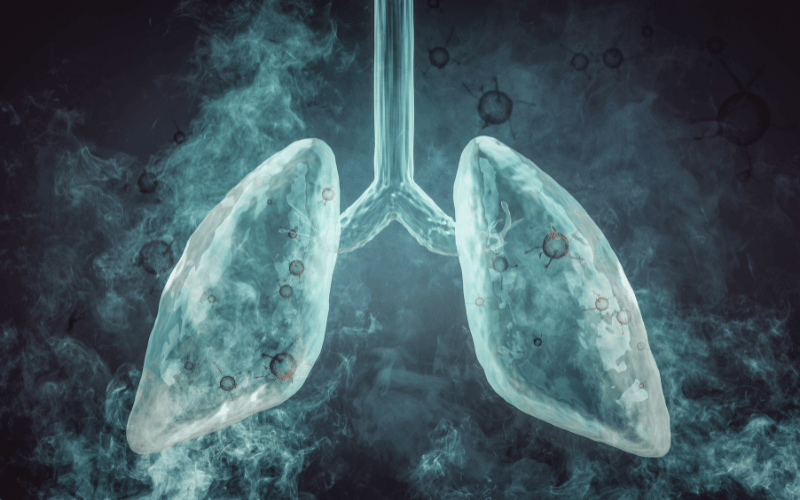Introduction: The Silent Killers – Smoking and Lung Carcinoma

In today’s world, filled with information at our fingertips, it’s shocking to recognize that many remain unaware of the deadly interplay between smoking and lung carcinoma. As you venture through this detailed examination, you’ll be confronted with facts, figures, and sobering realities about this lethal duo. This isn’t merely an informative piece. Consider it a clarion call to action, a nudge towards healthier choices, and a beacon for those wanting to break free from the shackles of a dangerous habit.
The modern world has been marked by rapid developments in healthcare and well-being. Despite these advancements, certain age-old habits, like smoking, continue to pose significant threats. Lung carcinoma, the dark shadow trailing every puff, silently establishes its stronghold long before the smoker realizes it. By understanding the intricate relationship between smoking and lung cancer, one can better appreciate the urgency of prevention and intervention.
While many engage in smoking as an act of rebellion, a stress-reliever, or a social activity, few stop to consider the ramifications of this choice. It’s more than just a personal decision; it’s a matter that impacts families, communities, and global health systems. As the statistics continue to paint a bleak picture, arming oneself with knowledge becomes imperative. The ten facts that follow aim to shed light on the magnitude of the problem, serving as both a warning and an inspiration for change.
Fact 1: The Inextricable Link Between Smoking and Lung Carcinoma

When you light up a cigarette, it’s not just tobacco that burns. With that single action, over 7,000 chemicals are released, many of which are toxic. Of these, at least 70 are direct carcinogens, making their way into your system with each puff. These chemicals don’t just wreak havoc on the body momentarily; they initiate a cascade of events that can lead to long-lasting damage.
Repeated exposure to these toxins triggers a relentless assault on the lung tissue. Our bodies, in an attempt to repair this continuous damage, can sometimes get it wrong. This can lead to DNA mutations, which are often the precursor to cancerous growths. These mutations can cause lung cells to grow and divide uncontrollably, creating the groundwork for lung carcinoma.
To truly comprehend the magnitude of the issue, consider this: Smokers are 15 to 30 times more likely to develop lung cancer than their non-smoking counterparts. Such staggering numbers aren’t just abstract data. They represent real people, facing real consequences from their smoking habits. For many, the realization of this strong correlation between smoking and lung carcinoma dawns only after it’s too late.
For many, smoking is a ritual, a way of coping, or a social activity. But, when viewed through the lens of health implications, it’s evident that it’s more than just a habit. It’s a ticket to a world of health complications, with lung carcinoma being a major concern. Recognizing the inherent risks is vital, especially for those who believe they’re invincible against the onslaught of such diseases. (1)